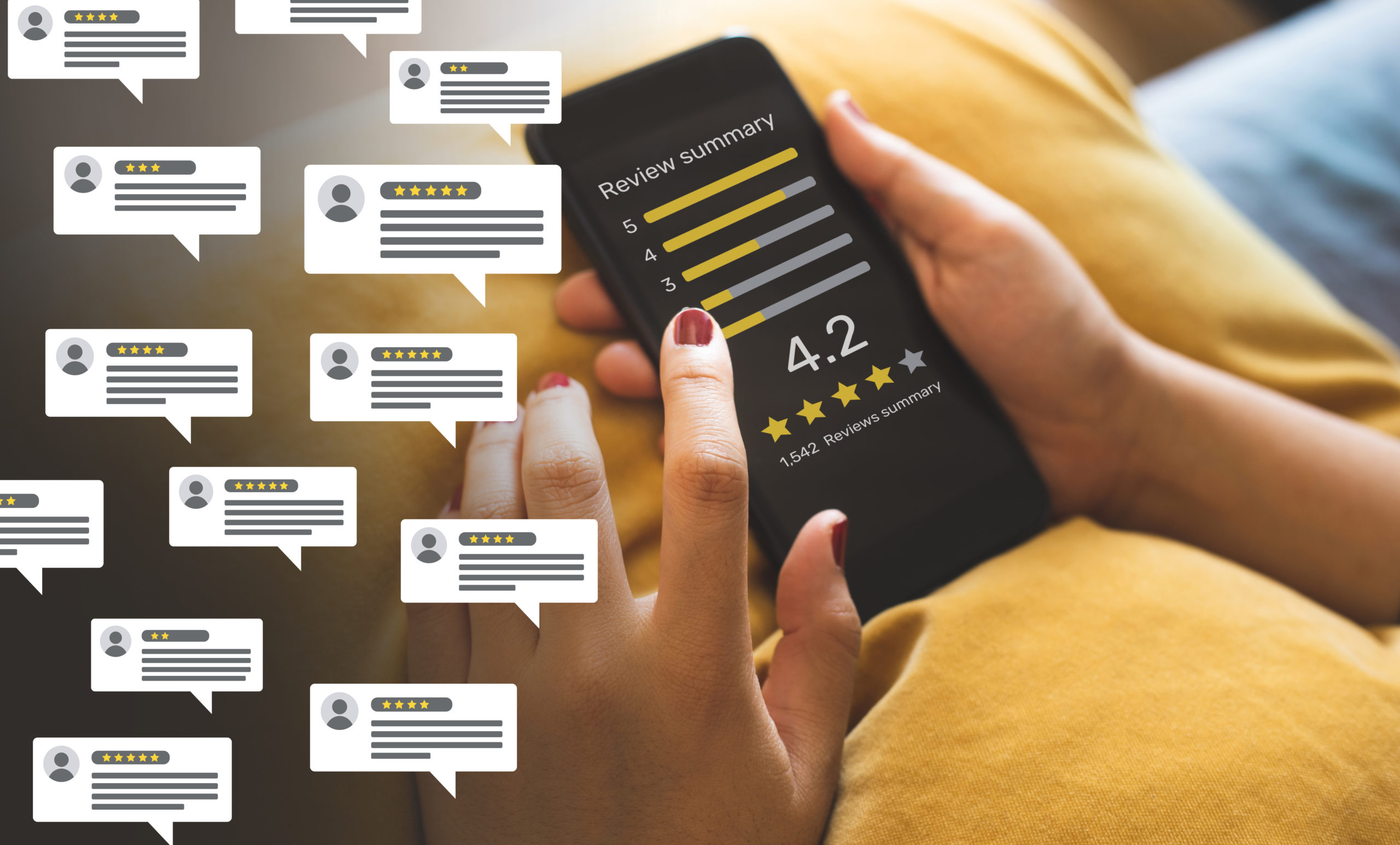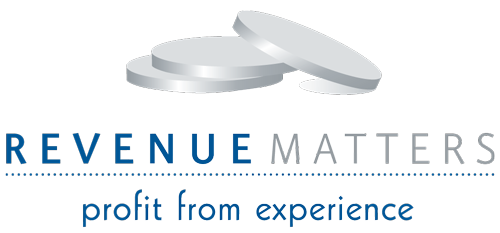
If a love-hate relationship exists in the hospitality industry, it’s between hotels and online travel agencies (OTAs) such as Expedia, Orbitz and Priceline, among many others. On one hand, OTAs extract sizable commissions, which understandably grate on the hotels that must pay them. On the other, they also produce an enormous amount of bookings, which hotels covet.
Hotels would prefer their own websites and call centers be their guests’ major distribution channel, but so popular are OTAs—and so dependent on them have many hotels become—it’s difficult to imagine hotels eschewing their services altogether. Particularly challenging are OTA parity agreements, which require hotels to guarantee that room rates on their own websites are not below those offered by the OTAs.
Despite this challenge, savvy hotel operators are finding ways to provide incentives that entice customers to book directly through their own websites, front desk or over the phone. In this article, we present six such strategies that hotel operators can use without conflicting with their OTA agreements.
Offer Discounts to a Limited Audience
Parity agreements prevent hotels from offering discounts publicly. However, this restriction doesn’t apply to those offers hotels distribute to a limited audience. “If a hotel wants to offer a discount that they don’t put on an OTA, make sure it is fenced in,” says Abby Heft, senior account manager at Blue Magnet Interactive, an online hotel marketing agency. This could include the following:
Send Discount Codes to Your Social Media Followers
Heft cites an example of a hotel near Atlanta that ran a Facebook-only offer sent to the hotel’s Facebook fans. It provided a discounted rate through the winter, which Facebook fans could access via a discount code. The payoff: The hotel received nearly $2,000 in revenue directly from Facebook during the month of the promotion, whereas previously the hotel generated $100 or less from this source.
Offer Value-Added Packages for Big Events
Another example Heft mentions involved a hotel in Walnut Creek, Calif. that put together a locally-targeted, value-add package for an annual Art & Wine festival. The package, which guests could book through the hotel’s website, included drink tickets, a shuttle to the event, parking and Wi-Fi.
Although the room-only rate on the hotel’s website never dipped below what the hotel was offering through Expedia, the overall value of the package was much higher than Expedia’s room-only rate. During the month of the promotion, the hotel saw a 6 percent year-over-year increase in total visits to its website and a 23 percent year-over-year increase in reservations on the website.
Offer Perks to Returning Customers
One Seattle hotel participated in a Visa gift card/gas card giveaway: book a room and receive a $25 gas card. The hotel sent an email blast to past guests and those who subscribed to its email list. The campaign generated a 3 percent year-over-year increase in direct traffic to the hotel’s website and a 10 percent year-over-year increase in reservations on the site during the three months of the promotion.
Offer Discounts at the Front Desk
In addition to your website, another point of contact with guests you control is your front desk. Here you’re engaging in face-to-face interaction with customers, so give them a reason to use your website instead of an OTA’s. If a guest reserved their room using an OTA, Heft recommends that, upon check-in, you offer them a 10 percent discount off their next stay if they book directly from your website. To cultivate trust, the front desk should also have a sign that prominently guarantees that the hotel’s website will offer the lowest rate.
Package Services and Offer Add-Ons
Packaging services and other perks is another effective way to offer discounts to customers without breaching parity agreements.
Annie Lynch, corporate director of sales and marketing with Timbers Resorts, describes an instance in which The Sebastian Vail offered a winter package not available on OTAs. The January rate on the OTAs was $500 a night, but the hotel offered a four night, $600 per night package that included three days of lift tickets for two people, a $200 gift certificate to the hotel’s restaurant and two 50-minute spa appointments. This way, the hotel’s offer was not below that of the OTA, but many guests were likely to consider the $2,400 package a much better deal than the individual room rate of $500 per night.
Heft reports that add-ons are a great way to motivate guests to book through your website. Free Wi-Fi, she says, is the most popular add-on, followed by free parking, particularly in city-center hotels. Free breakfast is another desirable extra.
Maintain Regular Communication with Loyal Customers
To drive bookings through a hotel’s website, establish consistent contact with customers in ways that are likely to appeal most to them. “We give better rates to returning guests than any rate on a OTA,” says Gary Bruton, principal at Cypress Hospitality Management, which manages The Sanctuary Beach Resort, among others.
About once a month, he sends a form of communication to his mailing list of former guests. Sometimes it’s a newsletter, other times a blog post. This communication provides the reader with up-to-date information about what’s going on in the hotel.
Depending on occupancy, the communication may also offer a special rate. Bruton says that while these promotions “are not our main source of business,” they are “strong enough to continue each month.”
Timbers Resorts generally communicates with various segments of its database, including agents and guests, on a weekly basis. Much of this communication is done electronically, but Lynch reports that, since people are being inundated by emails, direct mail is making a comeback. Recently, she conducted a promotion for the Sebastian Vail using both email and a 5-by-8-inch postcard, and found that the postcard actually produced a higher call volume than the email blast.
Use Website Layout and Design Best Practices to Make Booking Easy
A marketing channel many hotels seem to give scant attention is right under their own doormat, so to speak—their own website. All too often, hotels ignore the most obvious ways to optimize their site’s user experience. Hotels must make it as clear and hassle-free as possible to book from them, or potential customers will seek out an easier solution.
When Opal Gibson, president of Hotel Marketing Strategist, a marketing consultant firm, looks at hotel websites, “sometimes I wonder what the hotels are thinking,” she says. “You have to capture [the user’s] interest immediately. There should be a call to action, something that says, ‘Book Now!’” She also recommends having a prominently displayed phone number on the site.
Far from being as inviting as their guest rooms, some hotel websites are actually turn-offs. Gibson reports seeing sites that are difficult to navigate, lack booking engines or do not list rates, and some are flat-out unprofessional. She recalls working with a client in Mexico that had a beautiful oceanfront property, but the website’s photo of the ocean included a bucket and mop in the forefront, and a shot of a guestroom included items lying under the bed.
Gibson points to Spice Island Beach Resort, located in Grenada, as an example of a hotel with a well-designed website. She explains that it successfully conveys the resort’s luxury brand, lists their many accolades, has guest reviews and up-to-date specials and features helpful information about the destination.
A hotel’s website must also be perceived as trustworthy. Bruton earns customer trust by emphasizing that if they book on the hotel’s website, they will be getting a very good deal. “We say on our website, ‘Best rate guaranteed.’ The goal is to try to convince the consumer that this is the best rate.”
Ease of use across multiple platforms is also key. “Mobile is big,” notes Bruton, “and that’s not just tablets, but smartphones.” You need to have your mobile website able to take reservations and a button that will automatically calls the hotel for the prospect when pushed.
Leverage Online Reviews to Attract Website Visitors
Many times when customers use OTAs, they get a list of five or so properties in a similar price range, which prompts them to visit review sites to see which property other guests have liked the most. This is also your opportunity to draw customers to your own site, rather than having them go back to the OTA to book.
First, you’ll need to generate a lot of reviews. When guests check in, make sure front desk agents ask what the purpose of their stay is and if they are familiar with the area so they can provide information and recommendations that enhance the guests’ stay. Also ensure staff ask guests in every interaction how their stay is and if there is anything that can be done to make it better. At checkout, be sure to ask how their stay could have been improved.
Another way to elicit positive reviews is to put something particularly eye-catching or unique in the lobby that motivates guests to take pictures, and include a sign telling them to post it on Yelp for a chance to get a discount on their next stay. Include signs in guest rooms and at the front desk encouraging customers to post their reviews, and have front desk staff reinforce this.
Next, to draw Yelp and TripAdvisor users back to your site (instead of to the OTA), hotel operators should respond to every comment users post. For example, if someone comments on how nice the spa was, a hotel could respond by thanking the customer for their feedback and informing them of a new spa package they’re currently offering with bookings through their website. This shows customers you care and are willing to take steps to provide them with more value.
Work with OTAs for Optimal Results
While we’ve illustrated the many ways in which hotels can encourage customers to book through their websites over OTAs, this doesn’t mean that hotels should think of OTAs as their enemy—quite the contrary, in fact. “Embrace your OTA market manager,” says Trevor Stuart-Hill, president of Revenue Matters, a marketing and consulting firm for the hospital industry. “You may be surprised at the latitude that is afforded you.”
He says his marketing manager has regular conversations with her OTA counterpart. This enables the OTA manager to better understand the challenges facing the hotel, and for the hotel to understand her motivations and incentives.
If you’re planning a promotion, let the OTA manager know in advance. You might note that you’re having a private sale, but will offer the OTA something as well, such as additional inventory. “On occasion, we will put together a special promotion that we offer to past guests,” says Stuart-Hill. “Then we might offer it to the OTA, and if we give [the marketing manager] advanced warning, she can promote it.”
By implementing the tips we’ve laid out in this article, savvy hotels can both reap the clear benefits of using OTAs and drive customers to their own website while remaining in compliance with OTA parity agreements. Rather than a battle, it can be a win for everyone involved.
This article was first published on Overnight-success.softwareadvice.com


